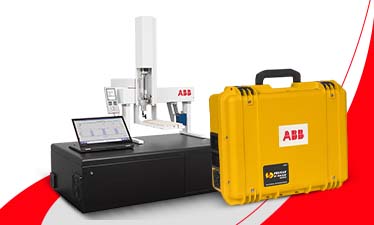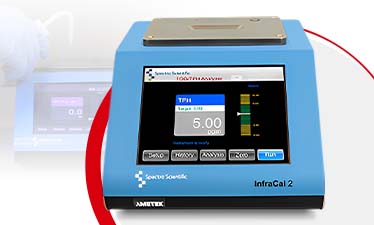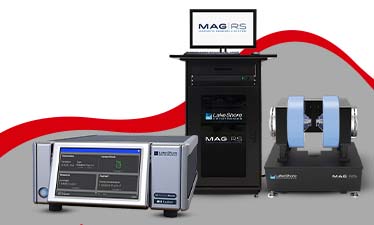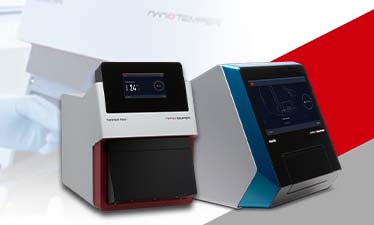Raman Spectroscopy
The non-destructive chemical analysis technique of Raman Spectroscopy offers in-depth information about the chemical phase, structure and polymorphy, molecular interactions, and crystallinity. It is mainly based on the interaction of light along with the interaction of molecules. It is mainly dependent on the connection of light with the chemical bonds inside a material.
The technique of Raman is mainly the scattering of light in which a molecule can scatter the incident light from a high-intensity laser light source. At the same wavelength as that of the laser source, most of the scattered light lies and it does not offers any useful information which is known as Rayleigh Scatter. But at various wavelengths, a small amount of light is scattered which mainly depends on the analyte's chemical structure which is known as Raman Scatter.
Main Areas of Application -
• Life Sciences
• Chemical Science
• Materials Science
• Earth Science
• Analytical Science
BCL supplies in the Middle East a specialized range of Raman Spectroscopy from RENISHAW. They are the leaders in producing high-performance Raman systems for a wide range of applications. With their decades of expertise in the development of flexible Raman systems which can offer a reliable range of results in the most challenging measurements. No matter whatever may be the requirement of your Raman Analysis, our efficient teams of experts are available to offer you expert advice along with technical support.



.jpg)




